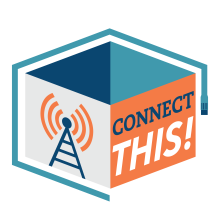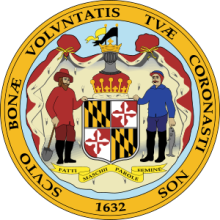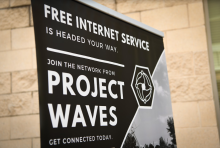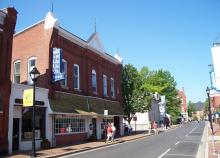With American Rescue Plan funds flowing into state government coffers, about a third of the nation’s 50 states have announced what portion of their Rescue Plan dollars are being devoted to expanding access to high-speed Internet connectivity.
The federal legislation included $350 billion for states to spend on water, sewer, and broadband infrastructure, though everything we have seen suggests that the vast majority of that will not go to broadband. There is also another $10 billion pot of rescue plan funds, called the Capital Projects Fund, that mostly must be used to expand access to broadband.
Laboratories of Broadband-ification
As expected, each state is taking their own approach. California is making a gigantic investment in middle-mile infrastructure and support for local Internet solutions while Maryland is making one of the biggest investments in municipal broadband of any other state in the nation. And although Colorado does not prioritize community-driven initiatives, state lawmakers there have earmarked $20 million for Colorado’s two federally-recognized Indian tribes to deploy broadband infrastructure with another $15 million devoted to boosting telehealth services in the state.
Undoubtedly, individual states’ funding priorities vary. Some states may be relying on previously allocated federal investments to boost broadband initiatives and/or have been persuaded the private sector alone will suffice in solving its connectivity challenges. And in some states, such as Illinois, Minnesota, and Maine, lawmakers have prioritized using state funds to support broadband expansion efforts while other states may be waiting on the infrastructure bill now making its way through Congress before making major broadband funding decisions.
As of this writing, 17 states have earmarked a portion of their Rescue Plan money (totaling about $7.6 billion) to address the digital divide within their borders. Those states are Arizona, Arkansas, California, Colorado, Delaware, Hawaii, Indiana, Kentucky, Maine, Maryland, Montana, Missouri, Virginia, Tennessee, Vermont, Washington, and Wisconsin.












